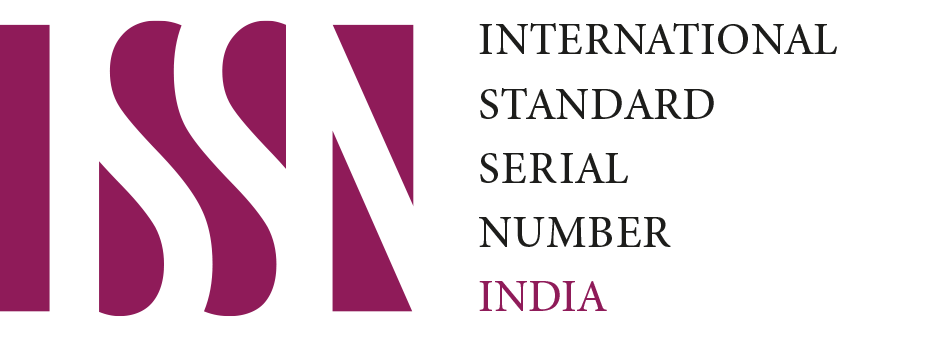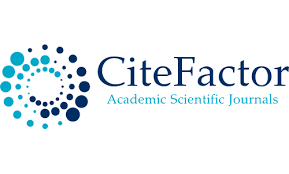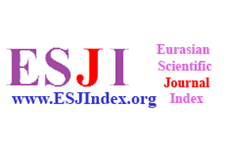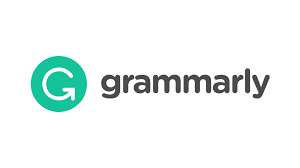DISTINCTIVE FEATURES AND ADVANTAGES OF DISTANCE LEARNING
Gulnaz Maratovna Djadigerova
Teacher of Nukus State Pedagogical Institute
##semicolon## distance learning, tools, e-mail address, learning process, knowledge, freedom, efficiency, audio-video, animation, graphics.
सार
Today, distance learning has entered the educational system as a convenient and unique type of education. Distance education is a form of obtaining information in which, in addition to full-time and part-time education, traditional and innovative methods, tools and forms of education based on computer and telecommunication technologies are widely used. In the distance education tool, a controlled educational process focused on one goal is organized using special opportunities, telephone, electronic communication and other educational tools based on an individual schedule in a place convenient for the student. This article focuses on the specific features and advantages of distance education.
##submission.citations##
Abduraximova Dilora Karimovna. (2023). THE NEED TO INTRODUCE FINANCIAL TECHNOLOGIES FOR THE DEVELOPMENT OF THE BANKING SERVICES MARKET. Academia Science Repository, 4(05), 54–62. Retrieved from http://academiascience.com/index.php/repo/article/view/439
Alavutdinova, N., & Ergasheva, L. (2024). COMMUNICATIVE CHARACTERISTICS OF TEACHING THE UZBEK LANGUAGE AS A FOREIGN LANGUAGE. Science and innovation, 3(B1), 29-34.
Karimovna, A. D. (2023). BANK INNOVATIONS AND THEIR IMPACT ON THE ECONOMY. Open Access Repository, 10(11), 44-50.
Мамбетова, Г. Ж. (2016). Семантика некоторых гидронимических индикаторов в каракалпакском языке. International scientific journal, 65.
Jubatkhanovna, S. S., & Jaksimuratovna, M. G. (2021). Types of structure of phraseologies in the work ofT. Kaipbergenov “The secret known only to you”. Turkish Journal of Computer and Mathematics Education (TURCOMAT), 12(14), 4486-4490.
Saodat, S. (2023). Study of Somatic Phraseological Units in Karakalpak Language.
Jubatkhanova, S. S. (2023). RELATIONSHIP OF LANGUAGE AND CULTURE IN LINGUOCULTUROLOGY. Miasto Przyszłości, 35, 238-243.

















